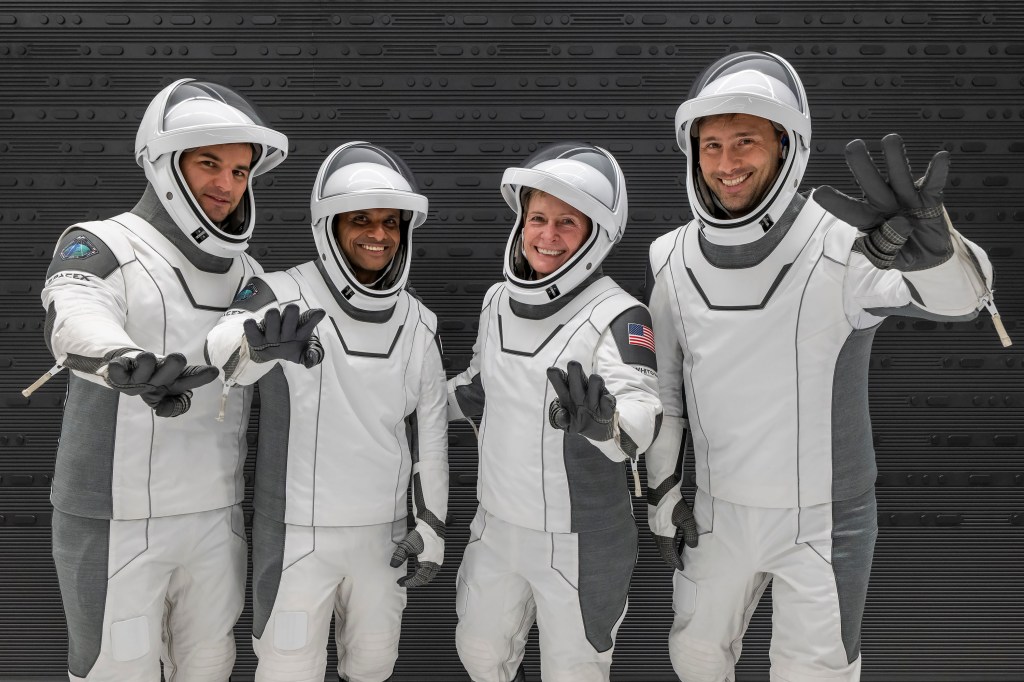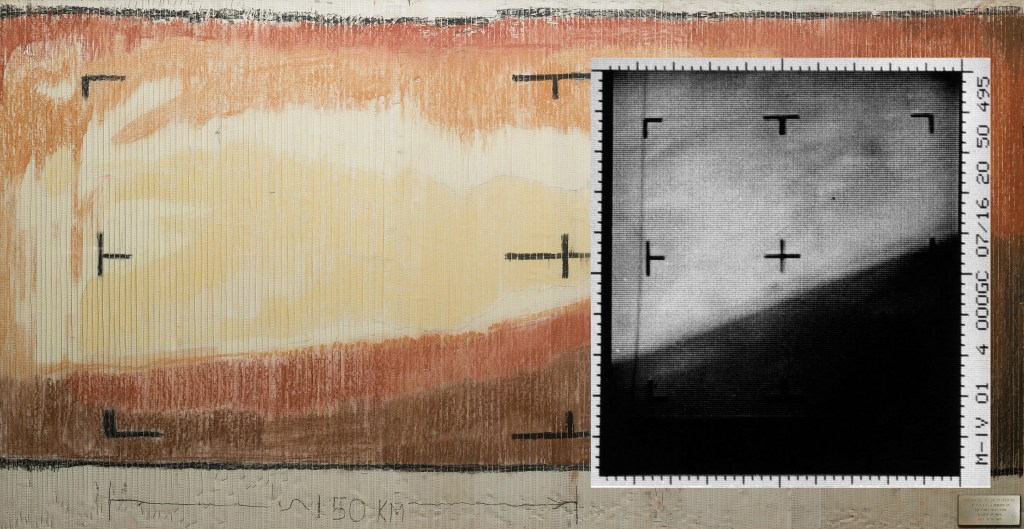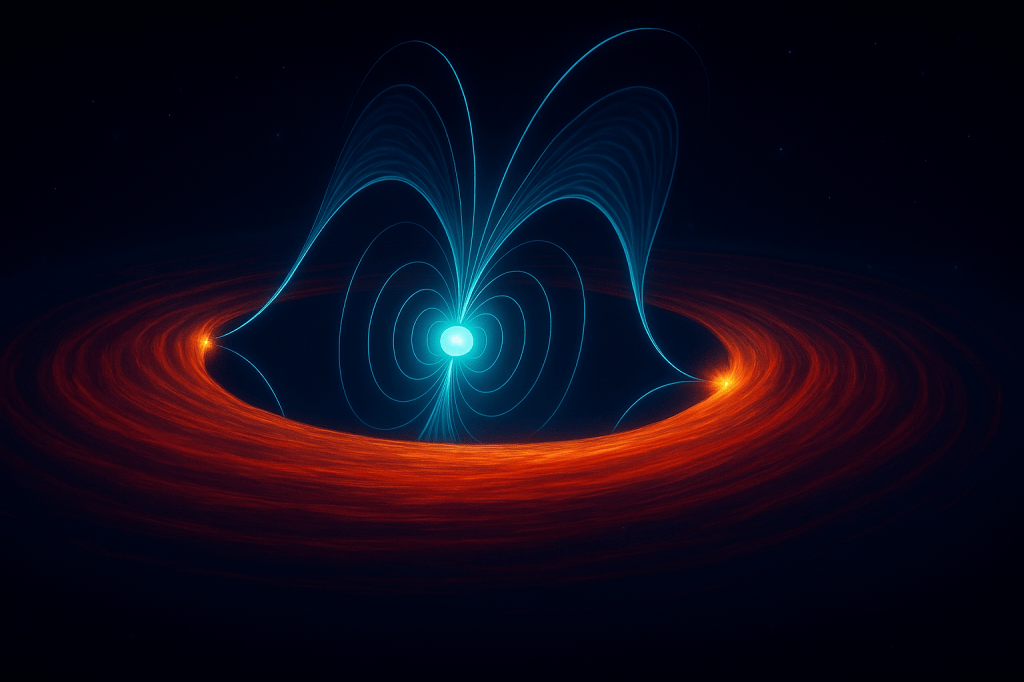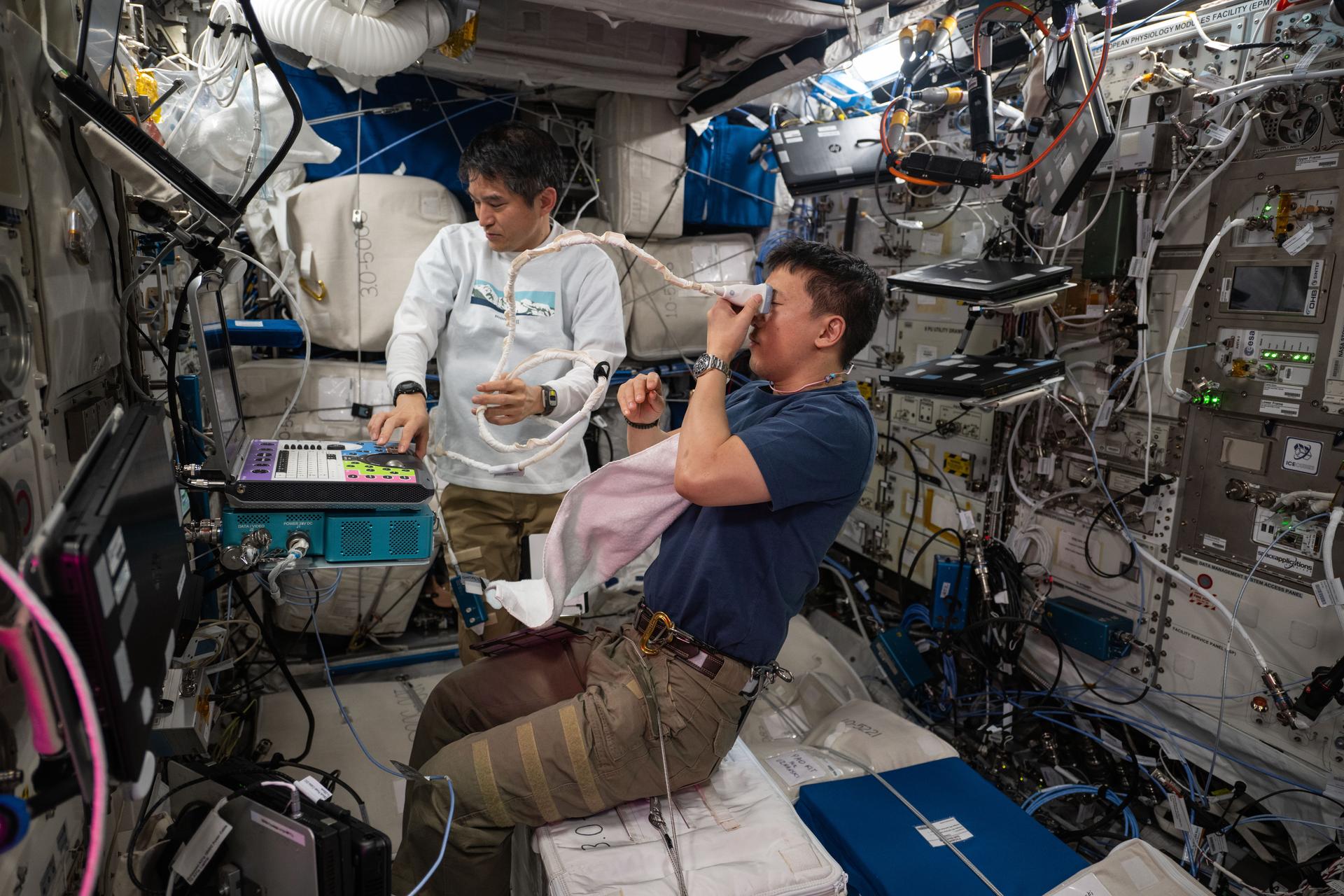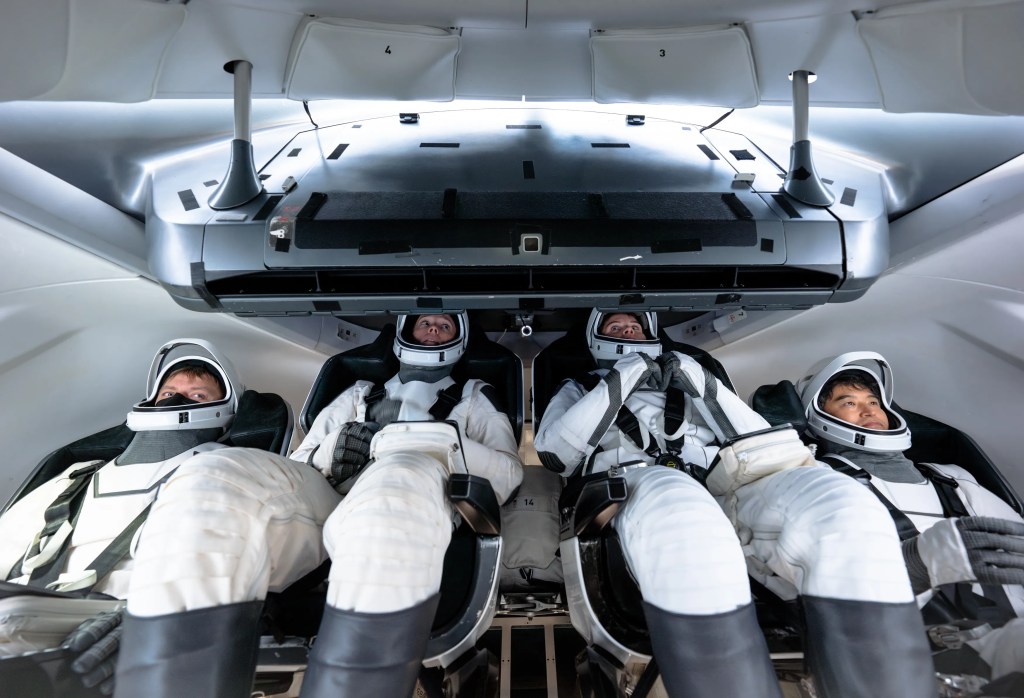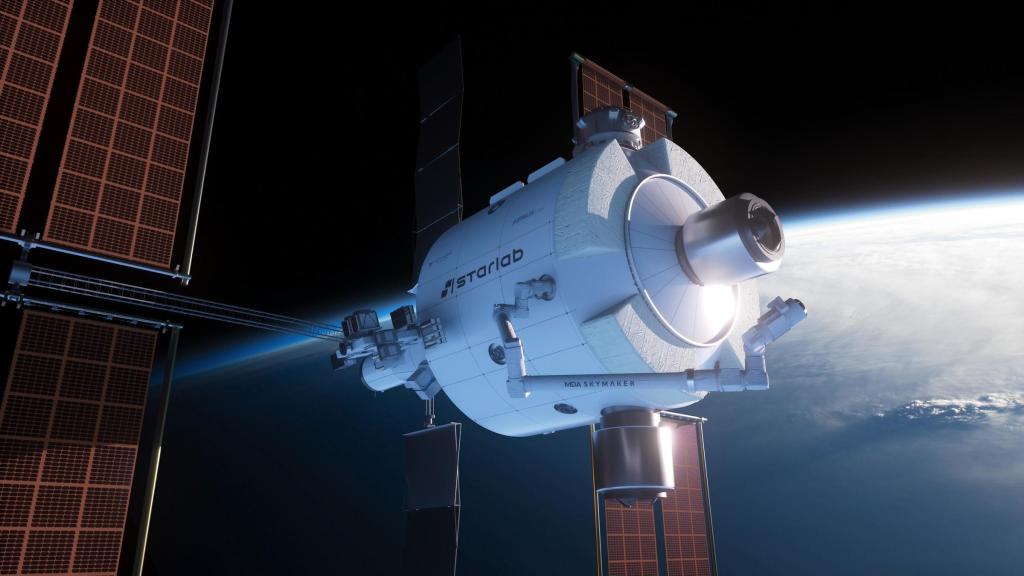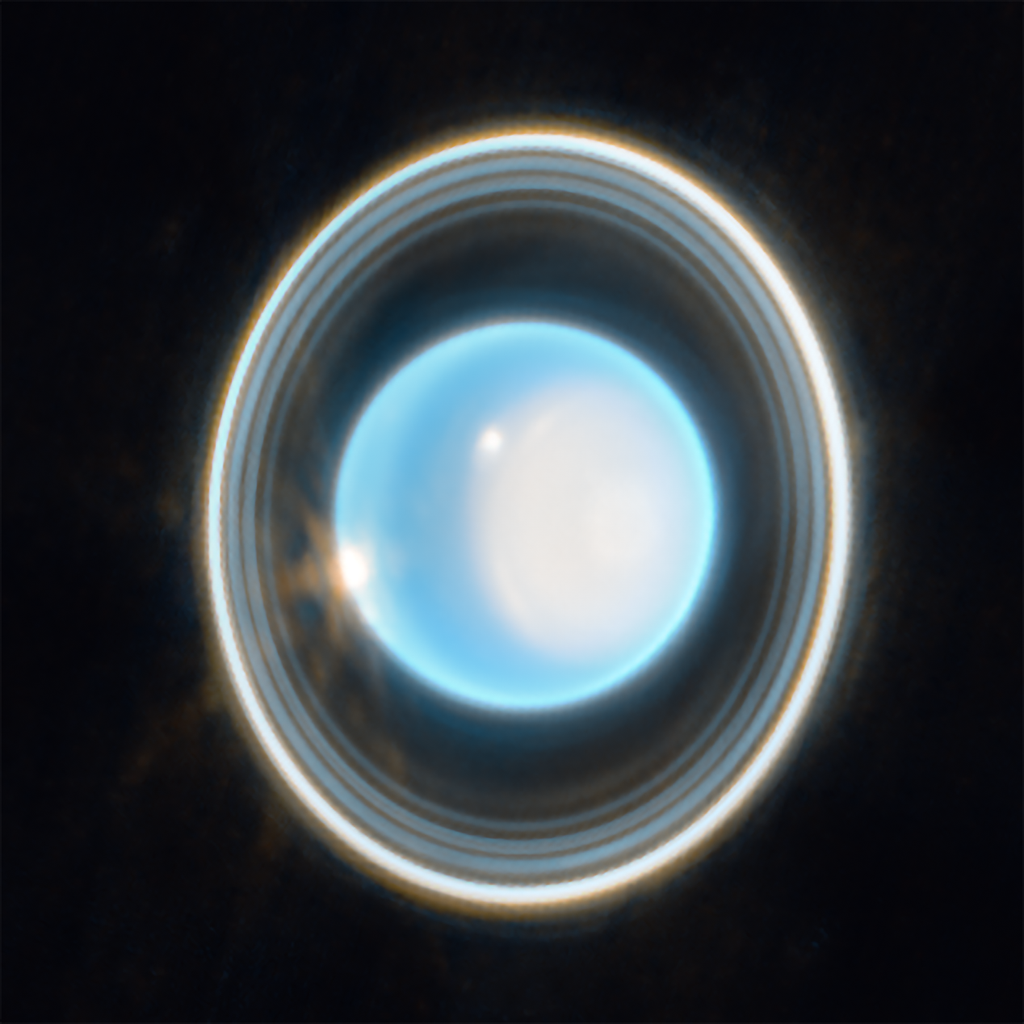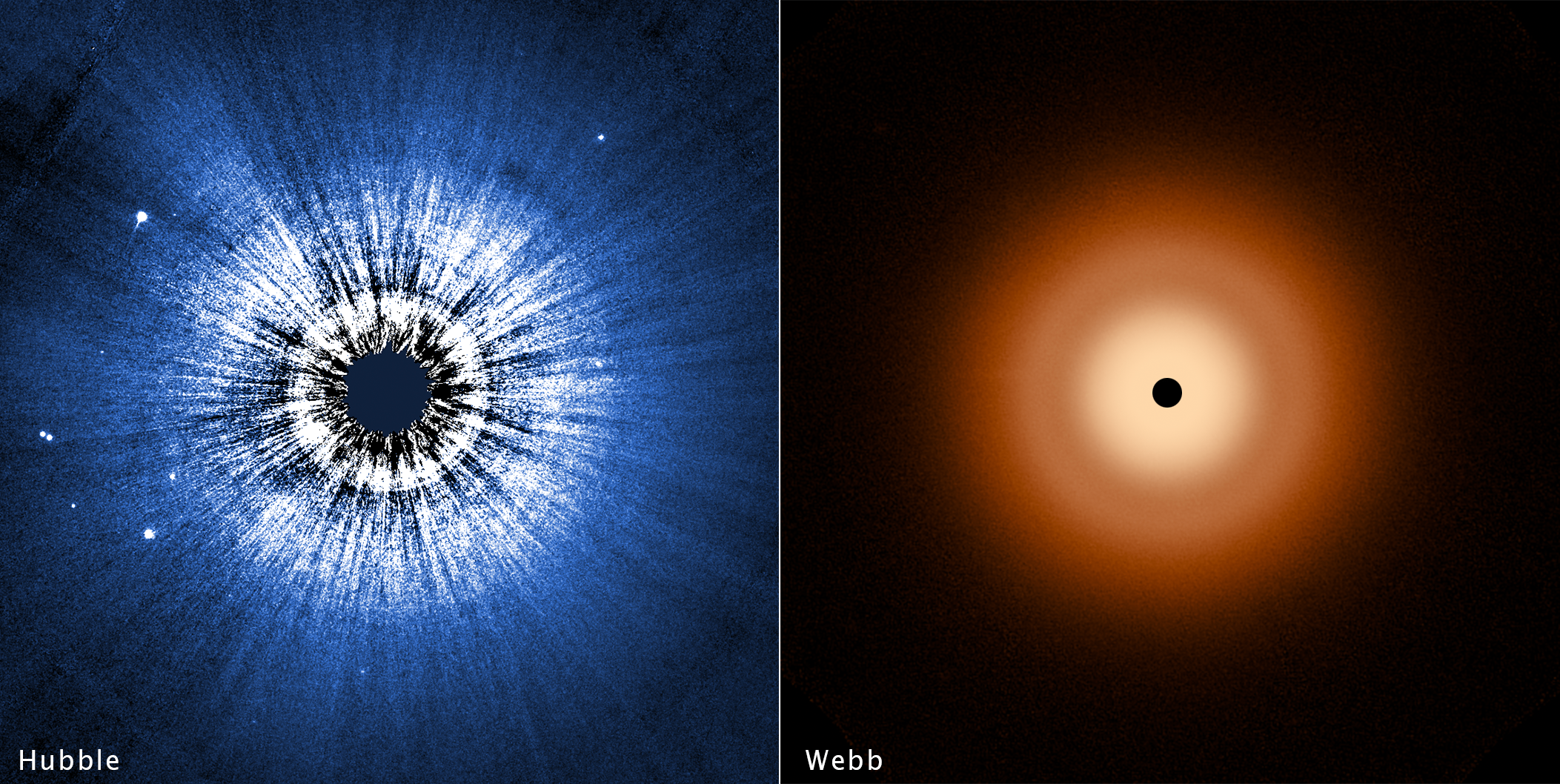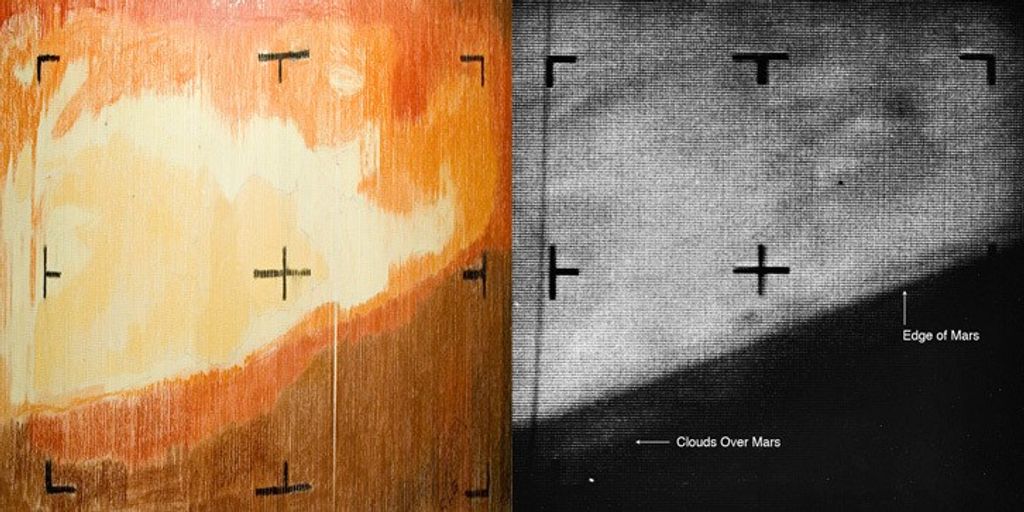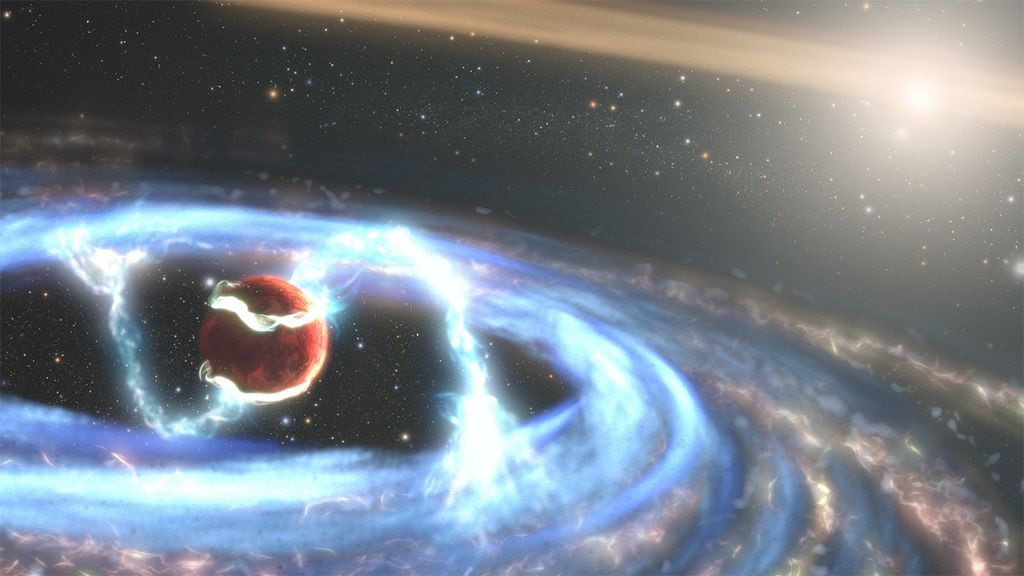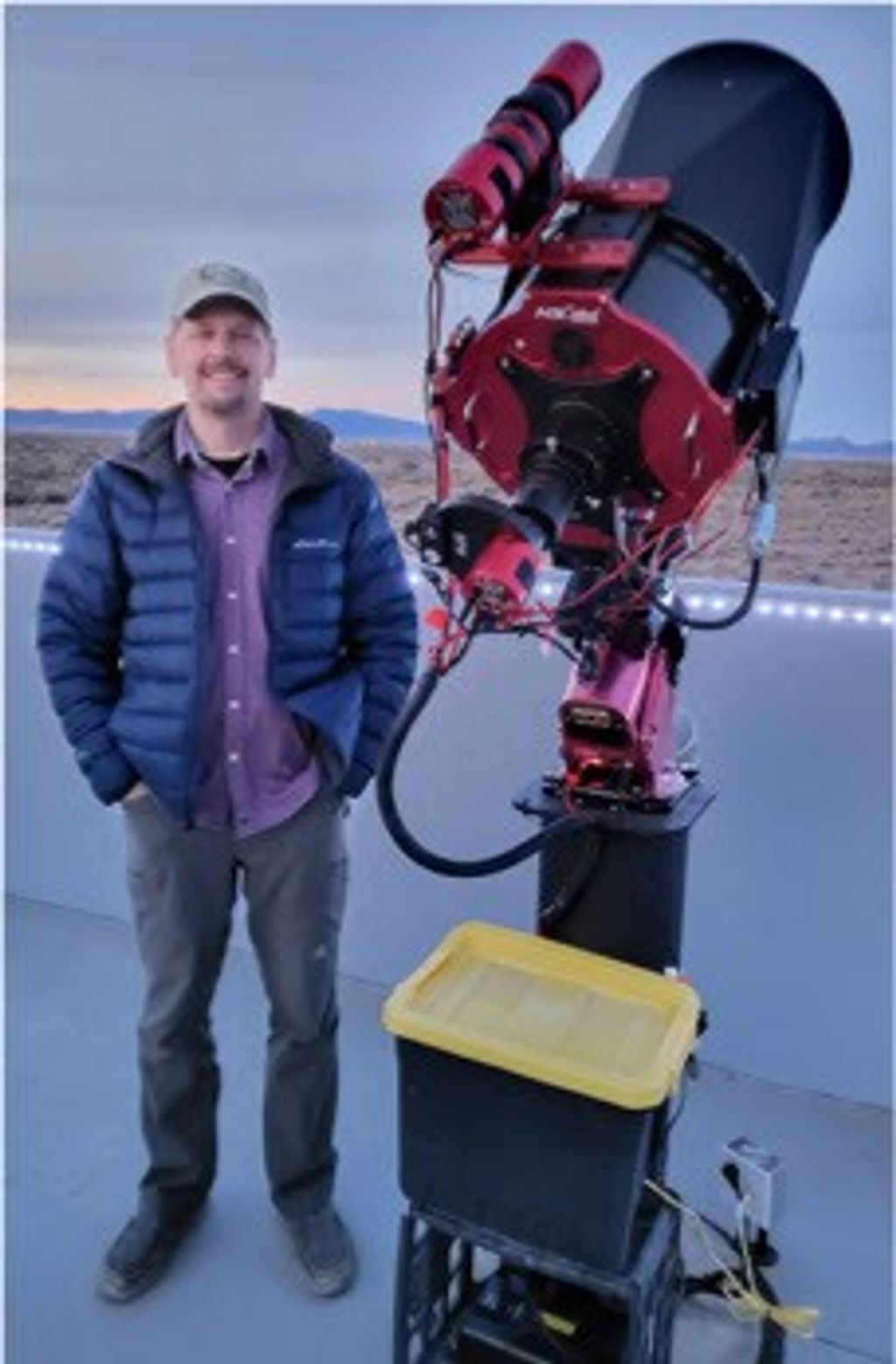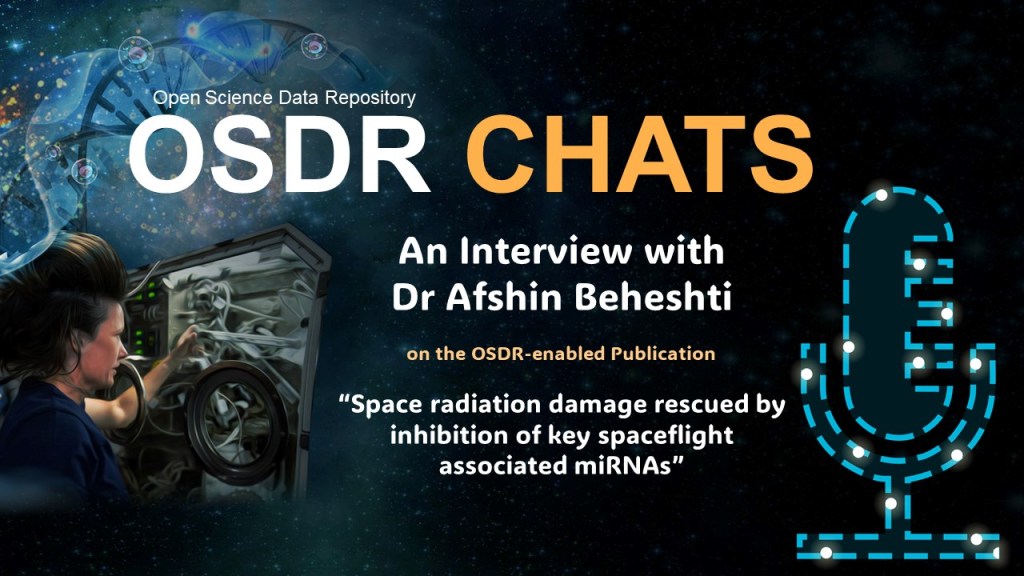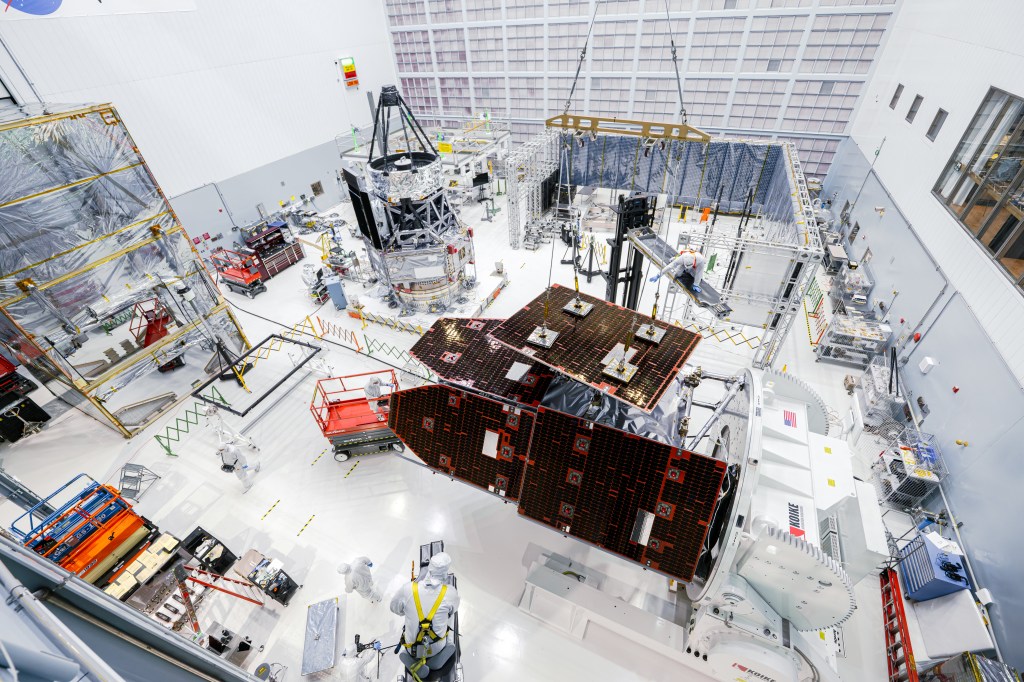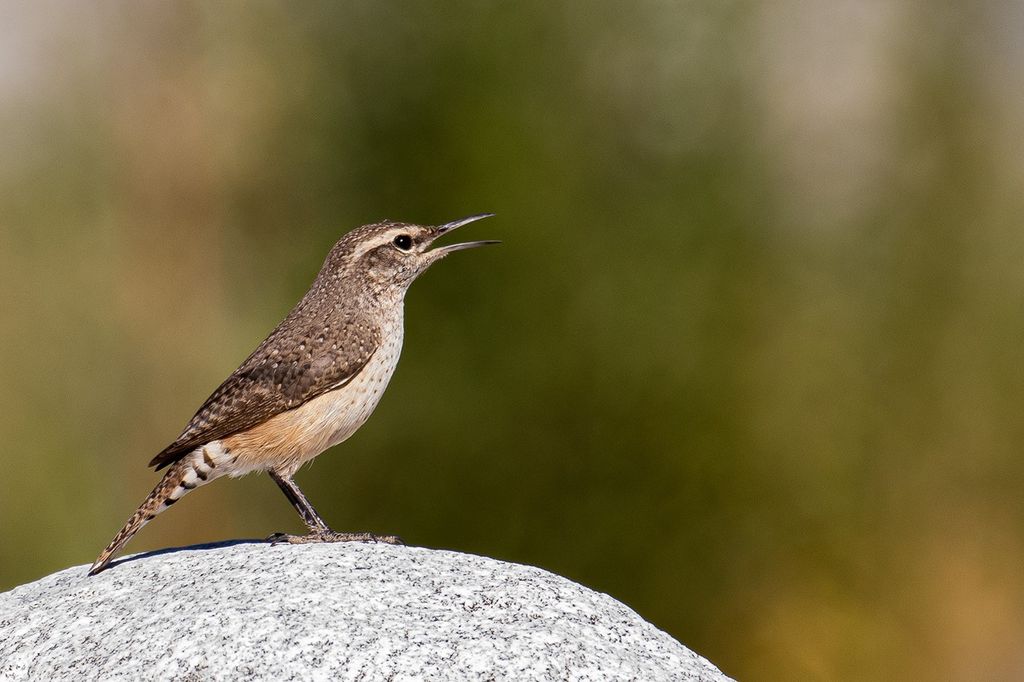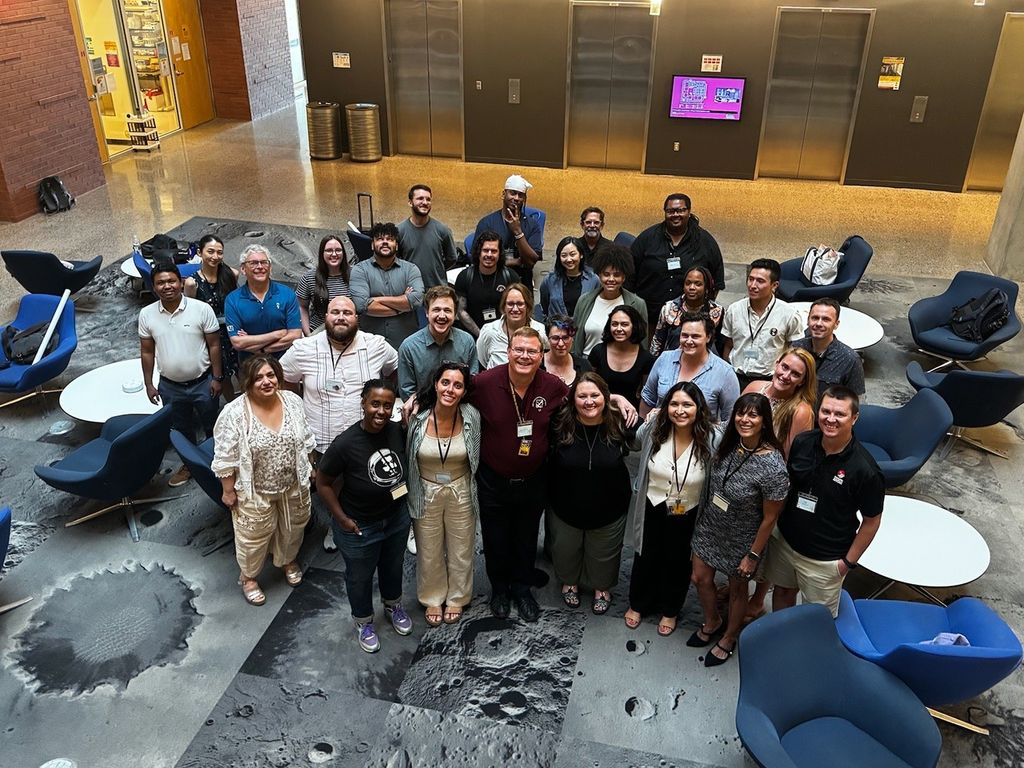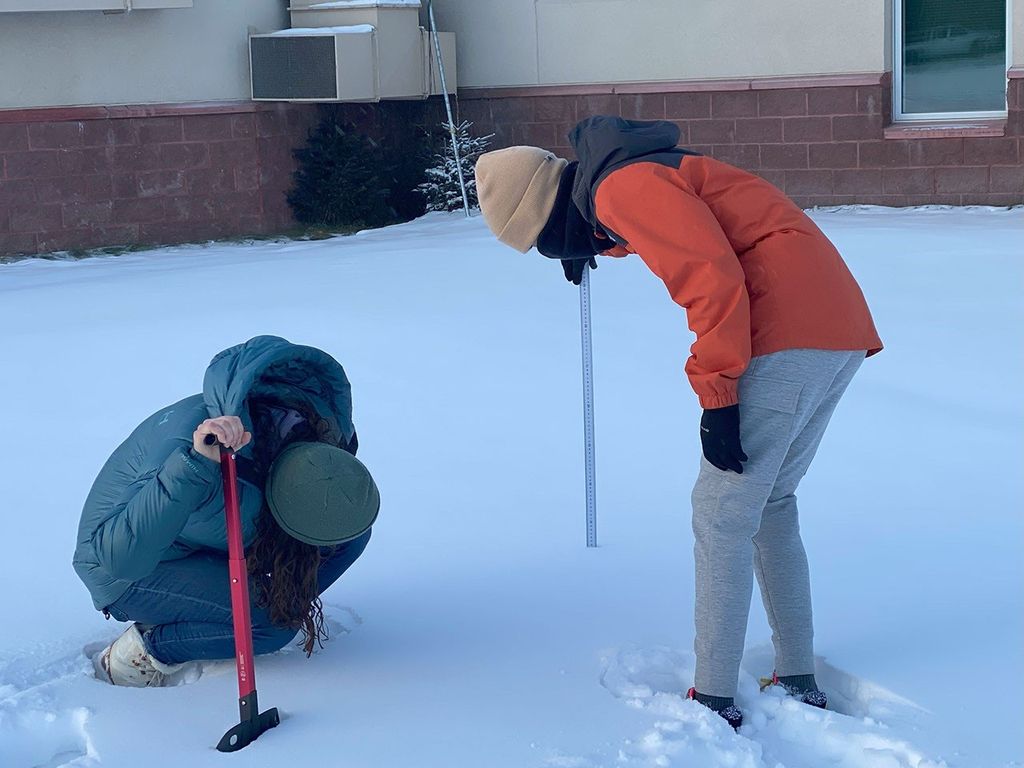Space Station Welcomes First SpaceX Crew Dragon with NASA Astronauts
NASA astronauts Robert Behnken and Douglas Hurley arrived at the International Space Station on May 31 aboard the first commercially built and operated American spacecraft to carry humans to orbit, opening a new era in human spaceflight. They were welcomed as crew members of Expedition 63 by fellow NASA astronaut Chris Cassidy and Russian cosmonauts Anatoly Ivanishin and Ivan Vagner.
Black Hole Outburst Caught on Video
Astronomers have caught a black hole hurling hot material into space at close to the speed of light. The flare-up was captured in a new movie from NASA’s Chandra X-ray Observatory, which is managed by the agency’s Marshall Space Flight Center in Huntsville, Alabama.
OSIRIS-REx Swoops Over Sample Site Osprey
NASA’s OSIRIS-REx spacecraft recently collected images during an 820-foot reconnaissance pass over backup sample site Osprey on asteroid Bennu. The spacecraft is scheduled to make its first sample collection attempt at primary site Nightingale on Oct. 20.OSIRIS-REx is the third mission in NASA’s New Frontiers Program, which Marshall manages.
A New Galactic Center Adventure in Virtual Reality
By combining data from telescopes – including Chandra — with supercomputer simulations and virtual reality, a new visualization allows users to experience 500 years of cosmic evolution around Sagittarius A*, the supermassive black hole at the center of the Milky Way.
Intense Flash From Milky Way’s Black Hole Illuminated Gas Far Outside Galaxy
Astronomers are using NASA’s Hubble Space Telescope’s unique capabilities to uncover clues about a cataclysmic explosion unleashed from Sagittarius A* about 3.5 million years ago. Marshall was responsible for Hubble’s overall design, development and construction.
For more information or to learn about other happenings at NASA’s Marshall Space Flight Center, visit NASA Marshall. For past issues of the ICYMI newsletter, click here.


